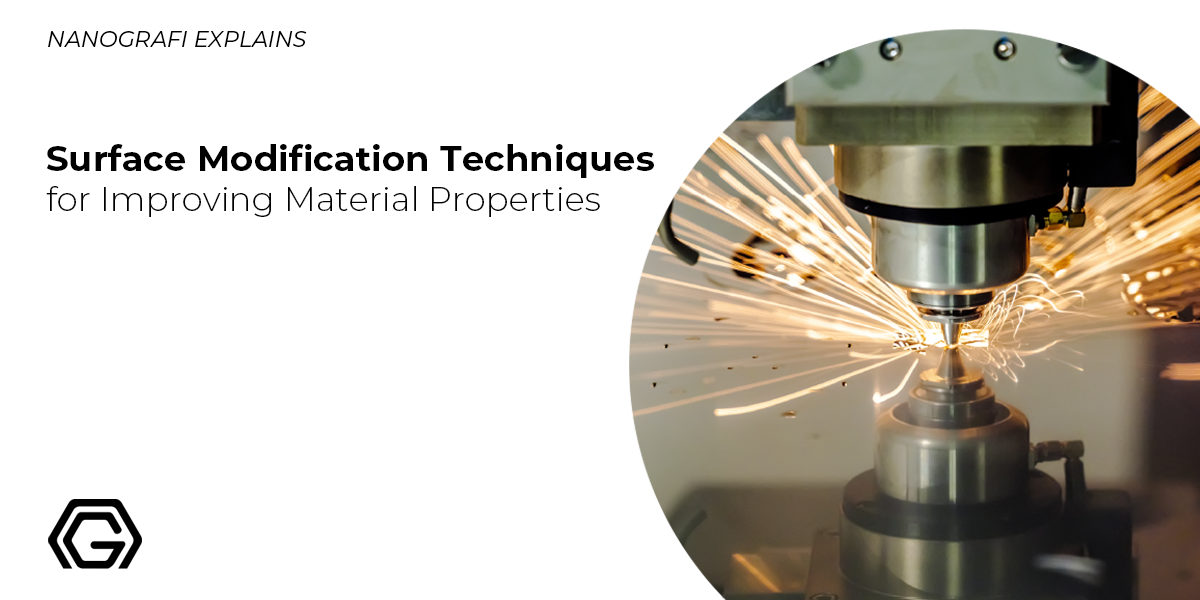Surface modification techniques involve altering the properties of a material’s surface to enhance its performance in specific applications. These techniques can improve a material’s wear resistance, corrosion resistance, adhesion, biocompatibility, and other desired properties.
Common Surface Modification Techniques
- Physical Vapor Deposition (PVD):
- Involves depositing a thin film of material onto a substrate using a vacuum chamber.
- Methods include sputtering, evaporation, and ion plating.
- Applications: Hard coatings, decorative coatings, barrier coatings.
- Chemical Vapor Deposition (CVD):
- Involves depositing a thin film of material onto a substrate using chemical reactions.
- Methods include plasma-enhanced CVD (PECVD) and atmospheric pressure CVD (APCVD).
- Applications: Corrosion-resistant coatings, wear-resistant coatings, semiconductor fabrication.
- Ion Implantation:
- Involves bombarding a material’s surface with high-energy ions to alter its properties.
- Applications: Hardening, corrosion resistance, semiconductor doping.
- Laser Surface Treatment:
- Uses laser beams to modify the surface properties of a material.
- Methods include laser cladding, laser hardening, and laser alloying.
- Applications: Surface hardening, repair of defects, surface modification of complex shapes.
- Electrochemical Processes:
- Involves using electrical currents to alter the surface properties of a material.
- Methods include anodizing, electroless plating, and electrochemical polishing.
- Applications: Corrosion protection, decorative finishes, surface smoothing.
- Thermal Treatments:
- Involves heating and cooling a material to modify its surface properties.
- Methods include annealing, quenching, and tempering.
- Applications: Stress relief, hardness enhancement, microstructure control.
Benefits of Surface Modification
- Enhanced performance: Surface modification can improve a material’s wear resistance, corrosion resistance, adhesion, and other properties.
- Increased durability: Modified surfaces can withstand harsh environments and extend the lifespan of components.
- Improved aesthetics: Surface modification can be used to create decorative finishes or improve the appearance of materials.
- Reduced costs: Surface modification can help to reduce costs by preventing premature failure and reducing the need for maintenance.
Surface modification techniques play a crucial role in a wide range of industries, including aerospace, automotive, electronics, and biomedical. By carefully selecting the appropriate technique, it is possible to tailor the properties of a material to meet specific requirements and improve its performance.
